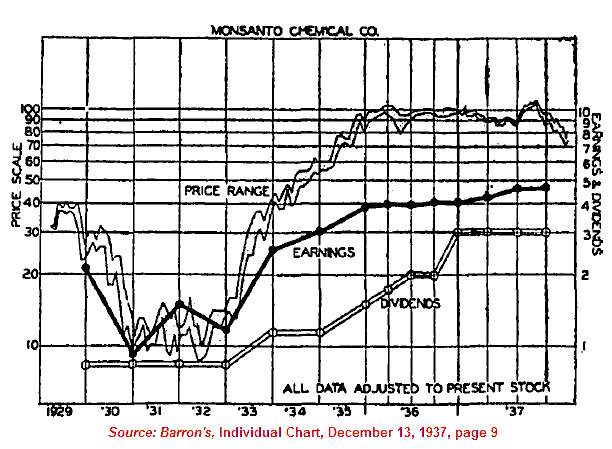On May 22, 2019, Citi analyst Itay Michaeli suggested that Tesla Motors (TSLA) could decline as low at $36.
Meanwhile, on May 21, 2019, Morgan Stanley has put a decline to $10 on the stock price into play.
Our work of September 8, 2018 laid bare the technical attributes that were likely outcomes for Tesla Motors. The upside of using technical indications is that it leaves out the narrative and only includes precedent, both positive and negative.
In that 2018 posting, we offered two types of technical review, Speed Resistance Lines (SRL) as outlined by Edson Gould and “Three Peaks and a Domed Housed (3PDh) as presented by George Lindsay.
Already, Tesla has achieved the $200.17 price target that was set by the SRL analysis. We’re curious to see if the $76 target is achieve as outlined in the 3PDh analysis.
As a reiteration of the more conservative downside analysis from September 8, 2018:
“The extreme downside target of $128.33 would be the last stop before a retest of the $100 level. In all the prior history of stocks that we’ve tracked using the SRL, 80% eventually go back to the extreme downside target before the bottom drops out or the stock attains new highs. Based on this observation, we’re highly confident that given the nature of Tesla, declining to the $150 to $127 level is a lock.”




